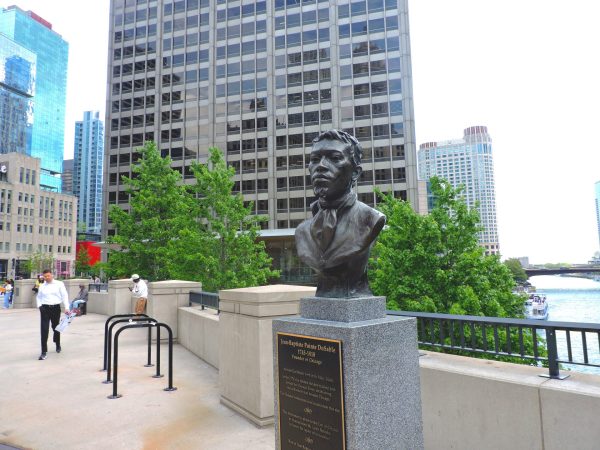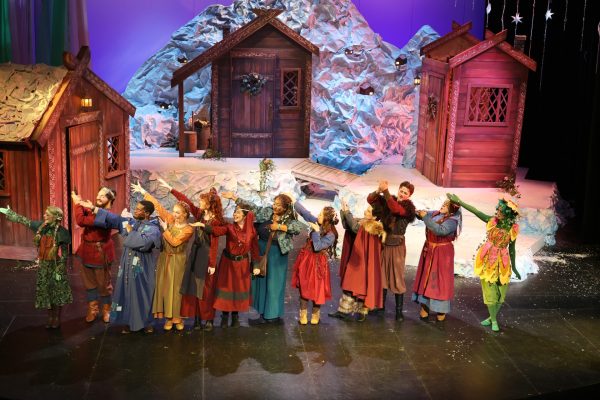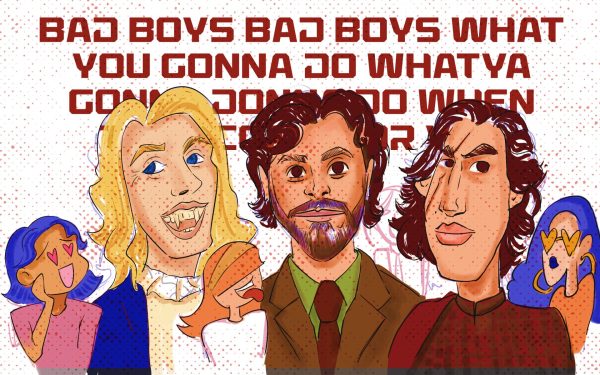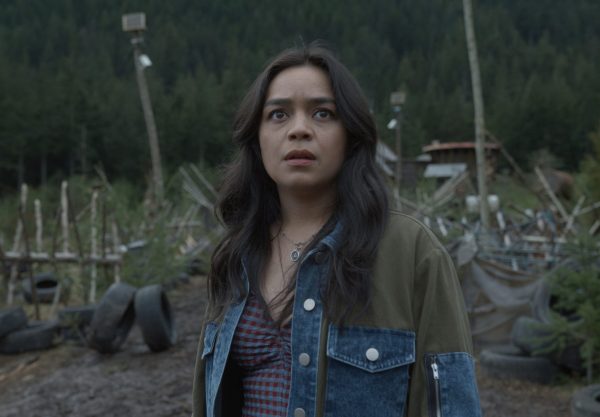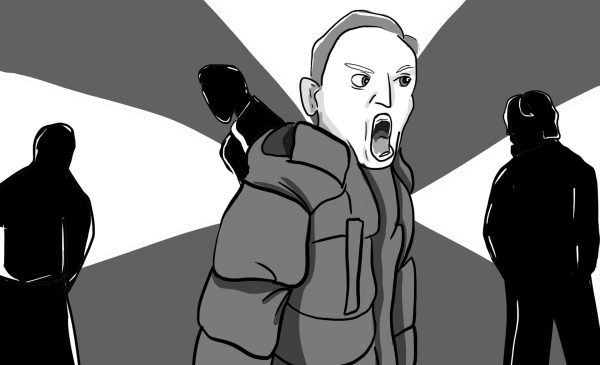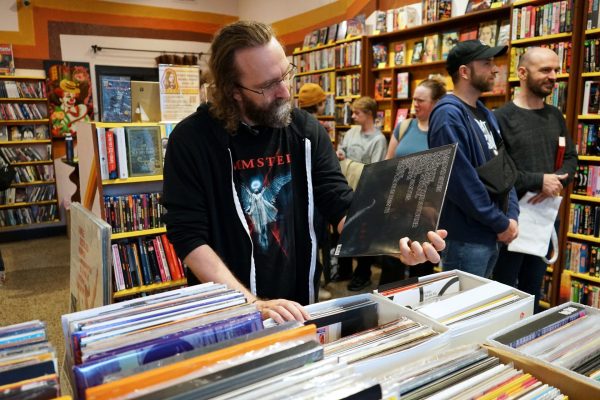Out of Power: “The Rings of Power” lacks the inspiration of the original trilogy

Credit: Maya Oclassen
Perhaps no intellectual property is more prized than “The Lord of the Rings.” Similar to a huge serpent, the trilogy has coiled around almost all of Western culture and rearranged many of the classic archetypes the imaginarium of the public associates with the fantasy genre. When Peter Jackson’s film adaptations of the books came out in the early 2000s, they were received with such praise that one would be forgiven for thinking Jackson was JRR Tolkien reincarnate.
However, ever since “The Return of the King’s” 2003 release, every effort to adapt a Tolkien property has gone downhill. “The Hobbit” movies are considered the epitome of a corporate cash grab. For years, a filmed version of “The Silmarillion” has been embroiled in a copyright court case, as reported by Screenrant, so thorny that it would be a miracle if even a single second of footage is ever shot.
“The Rings of Power,” Amazon’s new series set in the world of Middle-earth, continues this downward trend. Even though it might be one the most expensive television series ever made, costing around $465 million, its fastidious writing comes at the expense of other crucial story elements. The show’s technical prowess cannot save it from faulty storytelling and ideology.
Set about 5,000 years before the films, the plot of the show is relatively dense and follows a Leo Tolstoy-esque structure where numerous independent plot lines eventually converge for some grand catharsis. Galadriel, an elven warrior, takes it upon herself to hunt down the malevolent Sauron who killed her brother. The elf Arondir suspects a deep evil is lurking in the section of Middle-earth he has sworn to protect. A race of Hobbit-like creatures known as the Harfoots live peacefully until their world is disrupted by a comet that crashes next to their village. Finally, Elrond, an elf who has aspirations of political success, attempts to climb the social hierarchy through a series of schemes.
If this seems incredibly intricate and somewhat indecipherable, you would not be mistaken. The biggest failing of the show is its prioritization of self-referentiality. While the original books drew upon a wealth of extratextual influences, from the poetry of Siegfried Sassoon to the novels of Fyodor Dostoyevsky, the series’s sole inspiration is itself. Any political subtext that Tolkien originally wrote about, namely the rise of totalitarianism after World War I, has been flattened by Jeff Bezos’s marketing team in an effort to make the show more profitable.
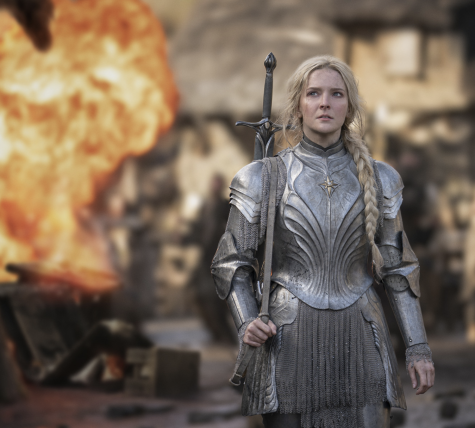
For example, the first three episodes are purely expository. Their only function is to set up future conflicts while also aggressively reminding the audience they are watching a show about “The Lord of the Rings.” In comparison, Peter Jackson’s films never fail to have a clear thematic throughline and swiftly establish the stakes and goals, despite the long run times. Even in “The Fellowship of the Ring,” which takes a fair amount of time getting off the ground, everything is precise and the audience has no problem following the dynamics at play. In the first three episodes of “The Rings of Power,” with each episode running just over an hour, the only clear detail is that a nebulous evil lurks nearby.
Even the show’s efforts at post-racial casting fall short. The works of Tolkien have an undoubtedly complicated relationship with race, and the bioessentialism in his books deserves interrogation. Naturally, one might applaud the progressive decision to diversify historically white roles. The central issue is that the show’s association with Amazon undermines this very experiment. When a company that has squashed any attempts for its employees to unionize tries to reimagine itself as a purveyor of progressive ideology, something is surely amiss.
In terms of the politics in “The Rings of Power,” this is the methodology: a perpetual hint at political ideas that never form. JA Bayona, the director of the first two episodes, creates more than a few stunning images, but his claim that the show tackles topics such as Francoist fascism does not hold weight. The conflicts presented are so broad – portrayed in stereotypical terms of good versus bad – that a political reading from either side of the spectrum can be projected onto it. It lacks specificity.
Despite these shortcomings, “The Rings of Power’s” visual style is impeccable. On a purely aesthetic level, there are a number of striking scenes, and the first few episodes aptly synthesize fantasy and horror iconography to create a few genuinely unsettling scenes. The reliance on practical effects, particularly the makeup and prosthetics of the Harfoots and Orcs, are notable and create a genuinely tactile world. Even the use of CGI, an effect that is frequently derided when it is used in shows of this magnitude, accentuates the cities and landscapes of Middle-earth effectively. Sadly, these inspired moments cannot overcome the show’s failings.
Ultimately, any political or creative potential “The Rings of Power” had has been squandered. To some extent, its very creation by Amazon doomed it to a culturally liminal space where its ambitions could never be fully realized. Many of the systems it could interrogate were a part of its creation, and its writing is too obsessed with the notion of intellectual property to craft an engaging story. With every new installation in this universe, the chances of successfully recapturing Tolkien’s past ambitions become less and less likely. 2/5


